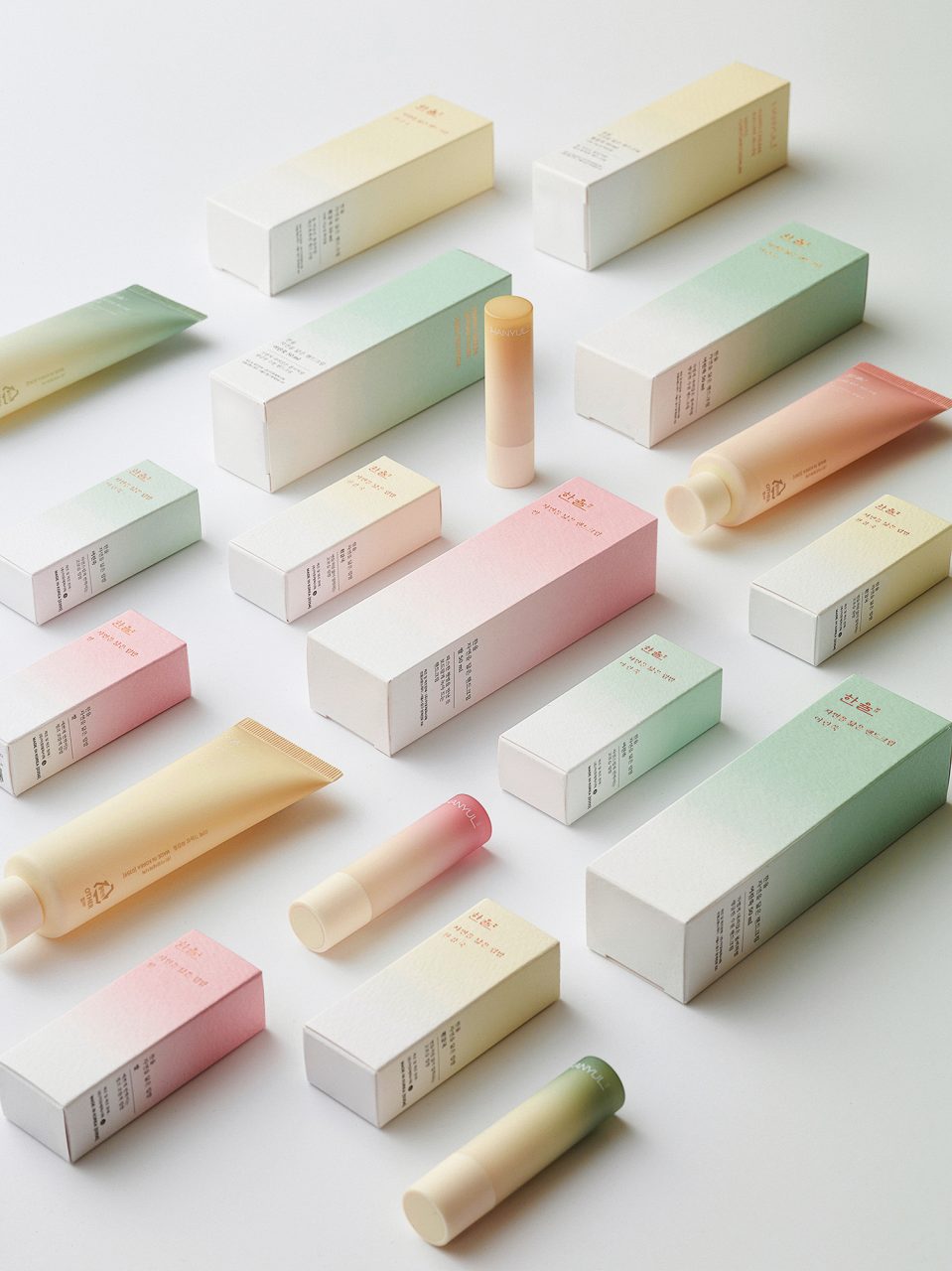
No matter whether they are big or small, subtle or flamboyant, the details of packaging tell stories that everyone understands.
Great things sometimes do come in small packages, and those packages can do a lot to carry the message of whatever is contained within. They enclose and protect their contents and they pave the way for us to begin a little journey of discovery, at best, and I suppose, disappointment at worst. If the outside is beautifully crafted, we naturally expect the objects inside to be at least as well made and considered as their packaging.
As so much of our experience is disseminated through a screen now, we are deprived of the haptic or the sensory. We miss out on the sensations that help us to make a connection to things and we are cut off from some of the unconscious messages that can offer us more information about the things we are interested in.
An important part of our work as designers is telling stories, not just literally with words and images, but also with a direct appeal to our other senses. We firmly believe that unconscious messages can be powerfully communicated through sensorial experiences, things you touch, smell and hear.
When we design packaging, we are trying to create an evocation of a feeling, or a place, or a time, or an experience. To do this, we consider how colour, texture, familiarity or rarity can help us with these unspoken narratives. Paper can truly tell a story, of place, of craft, of pleasure or utility, or even make a virtue out of a compromise; paper can be many things, it can stand in for other things and represent ideas.
We can make the ordinary extraordinary, make the imaginary real, demonstrate quality, show care and craftsmanship. We can do a lot with a little. The package and the materials a designer chooses can change the fortunes of brands and their products, and the right packaging can have a profound effect on the lives of everyone who interacts with it.






